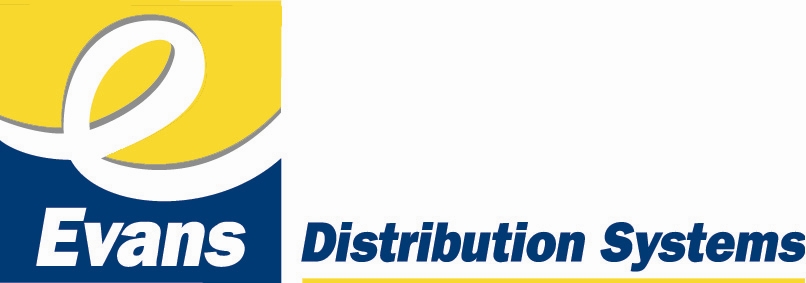What is country of origin marking?
It is extremely important that merchandise imported into the United States comply with the laws governing proper country of origin marking. While it has not officially been made a priority trade issue for CBP (Customs), enforcing the country of origin marking laws is, without a doubt, at the top of Customs “to-do list” when auditing or inspecting any arriving shipments into the United States. Determining whether or not an importer has properly marked their merchandise with the country of origin is usually a simple inquiry by finding out where the goods were shipped from, what type of goods they are, and how they are marked.
The law on proper country of origin marking has been well-settled for many years. In its current form, the law has been on the books without substantial changes since the 1930s. In its simplest expression, the law requires that at the time of importation “every article of foreign origin (or its container) imported into the United States shall be marked in a conspicuous place as legibly, indelibly, and permanently as the nature of the article (or container) will permit, in such manner as to indicate to an ultimate purchaser in the United States the English name of the country of origin of the article”.
This means that not only does the country of origin marking have to be properly placed on the product in the right way, but the correct country of origin marking must be used. Country of origin is not always the country of export. Sometimes identifying the proper country of origin can be a difficult determination to make when more than one country is involved in the production, manufacturing, or growth of the article that is imported.
What if merchandise is held by Customs because of improper country of origin marking?
If Customs determines that your merchandise has improper country of origin marking, you should act quickly and start by taking the following steps:
- First, understand the nature of the problem; that is, what is wrong and how it can be corrected. Customs will tell you what needs to be done in order to resolve the problem. It might be the marking is illegible, inconspicuous, or the country of origin could be wrong.
- Second, figure out what went wrong; was this a simple mistake, or have you been marking your merchandise incorrectly all along? Did you receive bad advice from someone? Can you trust your supplier to make sure this does not happen again?
- Third, figure out how to be compliant in the future; consult with a knowledgeable person like a trusted broker or customs attorney and put a reliable system in place to make sure that the mistake is not repeated.
- Fourth, review past import practices; make sure that your country of origin marking issue is not a symptom of a larger compliance problem. Do this by making sure that all the information provided to customs in the past, such as declared values and product classification, is correct. An obvious mistake like incorrect country of origin marking can often be symptomatic of greater problems and having your merchandise detained for marking problems can trigger an investigation by Customs of past import practices or increased scrutiny on future imports.
If you do not understand the concepts of properly classifying or valuing your merchandise, you may have a problem that merits your immediate attention and you might want the help of an attorney in determining your level of compliance, and if it is lacking, a way to limit your liability through avenues such as prior disclosures.
What fees can you expect for a container on hold? What fees, if any, can be negotiated?
If your country of origin marking is absent or incorrect, Customs will detain the merchandise or if already released, will require that they be redelivered to Customs custody, a customs bonded facility, or in some cases a Foreign Trade Zone may be used. Customs can impose and collect an additional duty of 10% of the article’s value before allowing release, and an amount in addition to any other duties normally owed, if any. Before release, Customs will require that the article be marked with the correct country of origin and marking duties be paid. Moreover, the importer will have the added expense of fixing the country of origin marking under the supervision of customs, payment of which the importer will be responsible for, and may experience significant delays in their supply chain as a result. These costs are unavoidable and must be paid in order to have merchandise released.
How can you avoid being held up by US Customs?
To avoid these unwanted costs, delays and problems, you should ensure that your imports are properly marked in accordance with the country of origin marking law, which sometimes requires certain types of articles to be marked in a particular way (for example, knives, scissors, safety razors, pliers, coffee, tea, spices, manholes, pipes, fittings). Even when not explicitly part of the law, customs has expressed their opinion as to how particular products should be marked through previously issued prospective rulings, available online. It is also very important to determine, when more than one country is involved in the merchandise, which is the actual country of origin.
If you have doubt or feel that the decision is too important to get wrong, you should consult with an expert, like an experienced broker or customs attorney.
by Jason P. Wapiennik, Attorney at Great Lakes Customs Law (www.greatlakescustomslaw.com)

